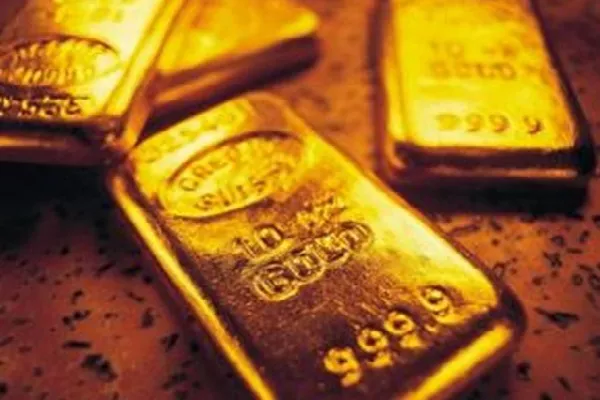The U.S. dollar’s role as the world’s primary reserve currency is a critical factor influencing global financial markets, including the price of gold. Understanding how these two elements interact is vital for investors, policymakers, and anyone seeking to grasp the dynamics of the international monetary system. In this comprehensive analysis, we’ll delve into the impact of the USD’s status as the world’s primary reserve currency on gold prices, exploring historical context, economic forces, and answering common FAQs related to this pivotal relationship.
1. The U.S. Dollar’s Dominance in Global Reserves
The U.S. dollar’s dominance in international finance is unparalleled. It serves as the primary reserve currency held by central banks and governments around the world. This status grants the U.S. unique privileges, such as the ability to fund deficits through issuing dollar-denominated debt and the power to influence global financial stability. Consequently, the demand for and perception of the U.S. dollar significantly impact the price of gold.
2. Inverse Relationship: Dollar Strength and Gold Prices
One of the most critical aspects of the gold-dollar relationship is its inverse correlation. When the U.S. dollar strengthens, as measured against other major currencies, the price of gold often experiences downward pressure. This inverse relationship stems from the fact that a stronger dollar makes gold, which is priced in dollars, more expensive for holders of other currencies. Consequently, investors may reduce their gold holdings, leading to lower prices.
3. Safe Haven Demand During Dollar Weakness
Conversely, during periods of dollar weakness, gold often shines as a safe haven asset. Investors turn to gold as a hedge against currency devaluation and economic uncertainty. When the dollar’s value erodes due to factors like inflation, monetary policy changes, or geopolitical tensions, gold becomes a more attractive store of value, driving up its price.
4. Central Bank Actions and Dollar-Gold Dynamics
Central banks, especially the U.S. Federal Reserve, play a pivotal role in influencing the relationship between the dollar and gold. Decisions related to interest rates, monetary policy, and quantitative easing can impact the value of the U.S. dollar and, subsequently, gold prices. For instance, lower interest rates or large-scale asset purchases (quantitative easing) can weaken the dollar, supporting higher gold prices.
FAQs on the USD’s Impact on Gold Prices
1. Can the U.S. dollar’s status as the primary reserve currency change?
While changes are possible in the long term, the U.S. dollar’s dominance is firmly established. Any significant shift would require widespread international consensus and a viable alternative currency.
2. Why is gold seen as a safe haven during dollar weakness?
Gold’s historical stability, scarcity, and intrinsic value make it a reliable hedge against currency devaluation and economic uncertainty, making it appealing when the dollar weakens.
3. How do currency exchange rates affect the dollar-gold relationship?
Currency exchange rates play a crucial role. When the dollar strengthens against other currencies, gold often becomes relatively more expensive, potentially leading to lower demand and prices.
4. Can central bank policies affect both the dollar and gold simultaneously?
Yes, central bank policies can influence both. Decisions like interest rate changes or quantitative easing can impact the dollar’s value and gold prices, often in opposite directions.
5. Is the inverse relationship between the dollar and gold constant?
While an inverse relationship is commonly observed, it can be influenced by various factors, and short-term fluctuations may not always conform to this pattern.
In conclusion, the U.S. dollar’s status as the world’s primary reserve currency exerts a profound influence on gold prices. The inverse relationship between the two is a fundamental dynamic in global finance, with the dollar’s strength or weakness often dictating the direction of gold prices. This intricate connection underscores the critical role that both gold and the dollar play in the international monetary system and the broader financial landscape.

